Ancient World Discoveries That Changed How We Look At The World
Step back in time and prepare to be amazed! We might think we know a lot about our history, but the truth is we’ve only just begun to uncover the mysteries of the past. From ancient ruins to forgotten artifacts, new discoveries are popping up all over the place, and they’re revealing just how little we truly know about our ancestors. It’s a humbling reminder that the more we learn, the more we realize there is still so much left to discover.
So, buckle up and join us on a journey through the ages as we take a look at some of the most recent historical moments that are shaking up our understanding of the past and proving that history is far from set in stone. Read on to learn more.
Plain Of Jars
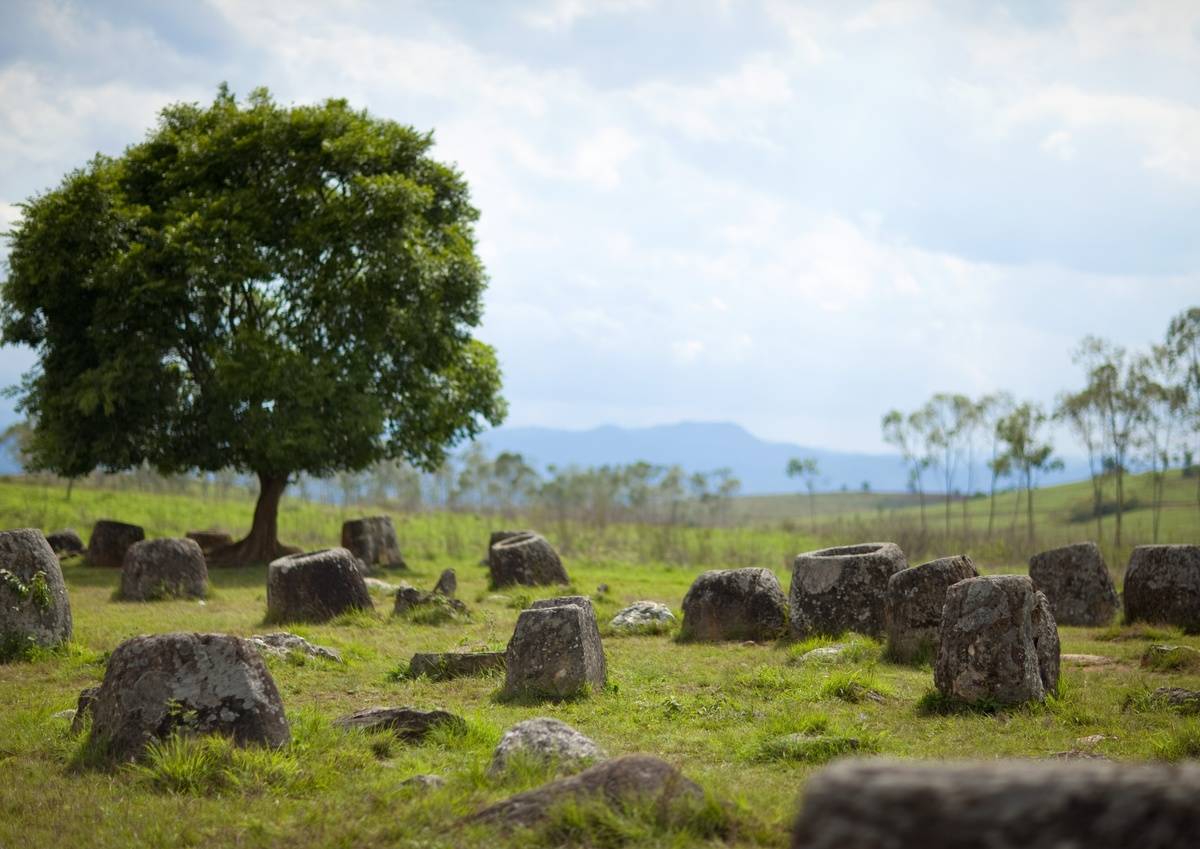
Believed to be over 2,000 years old, the Plain of Jars is located in Laos in the Xieng Khuang province. French researcher Madeleine Colani suggested that the jars were used as ancient burial grounds which turned out to be true, as human remains were discovered in the same location.
However, much of the land and many of the jars were destroyed due to war in the 1960s and 70s with researchers still hesitant to visit the site due to the threat of buried landmines. Researchers assume that there’s still much more to learn and understand about the jars’ area and historical impact.
The Sunghir People
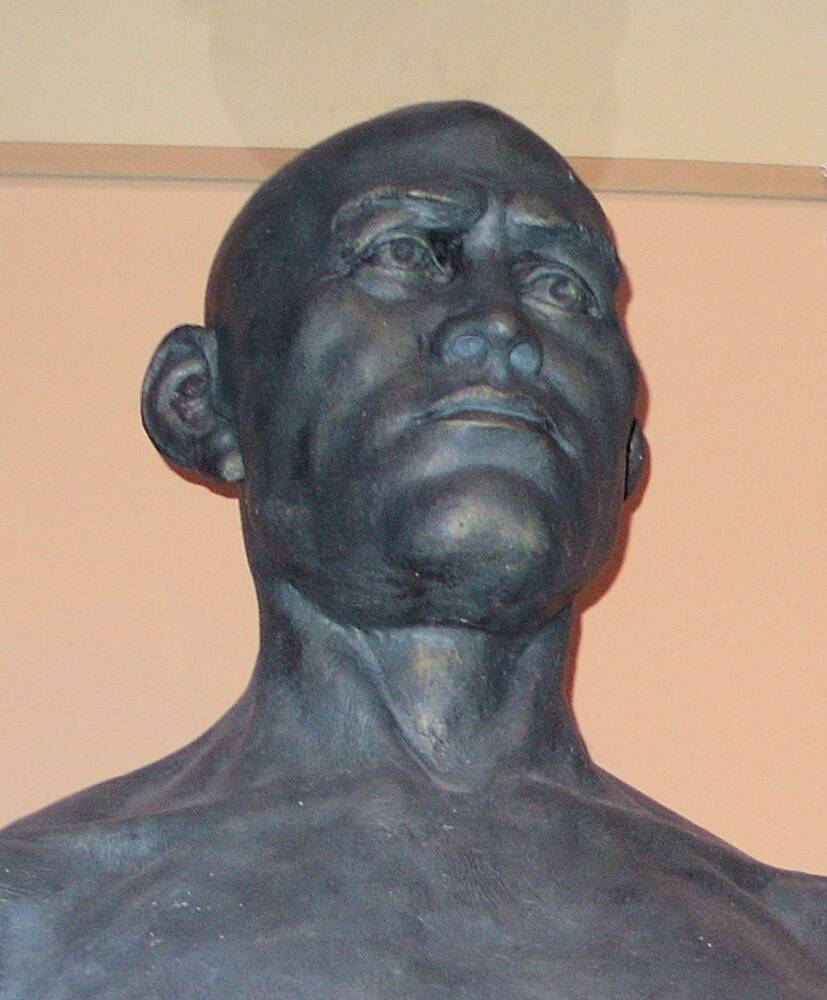
According to Reader’s Digest, there’s a site about two hours from Moscow, Russia, called Sunghir that holds some buried specimens of several people who lived about 34,000 years ago. Yet, while most of the adults were buried with few (if any) personal effects, two young children were buried with veritable treasure troves.
One was believed to be ten years old, and the other was 12, but both apparently showed signs of disability. At present, it’s unclear whether their ages or their conditions compelled others to bury them with 10,000 mammoth ivory beads, 16 spears from the same material, 300 fox teeth, 20 armbands, and various animal and human bones.
Gobekli Tepe
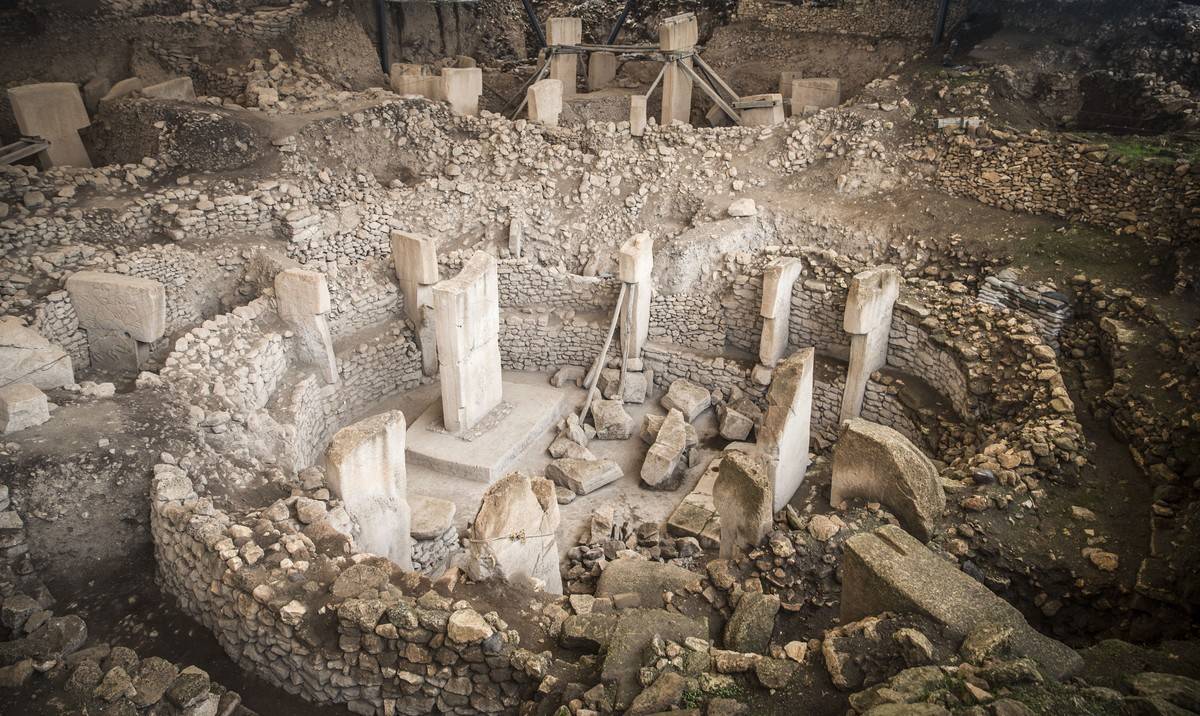
The Gobleki Tepe in Turkey is the oldest temple ever constructed by humans. It was built around 11,000 B.C., making it 6,000 years older than Stonehenge. Its discovery was revealed in 2008, which marveled researchers and historians alike. They didn’t think that something as complex as this would have been possible so long ago.
It helped answer questions about ancient humans, what they were capable of, and the societies they lived in. However, people are still dumbfounded at how they were able to build such a structure without the aid of metal tools or deep knowledge of architecture.
Cleopatra’s Tomb
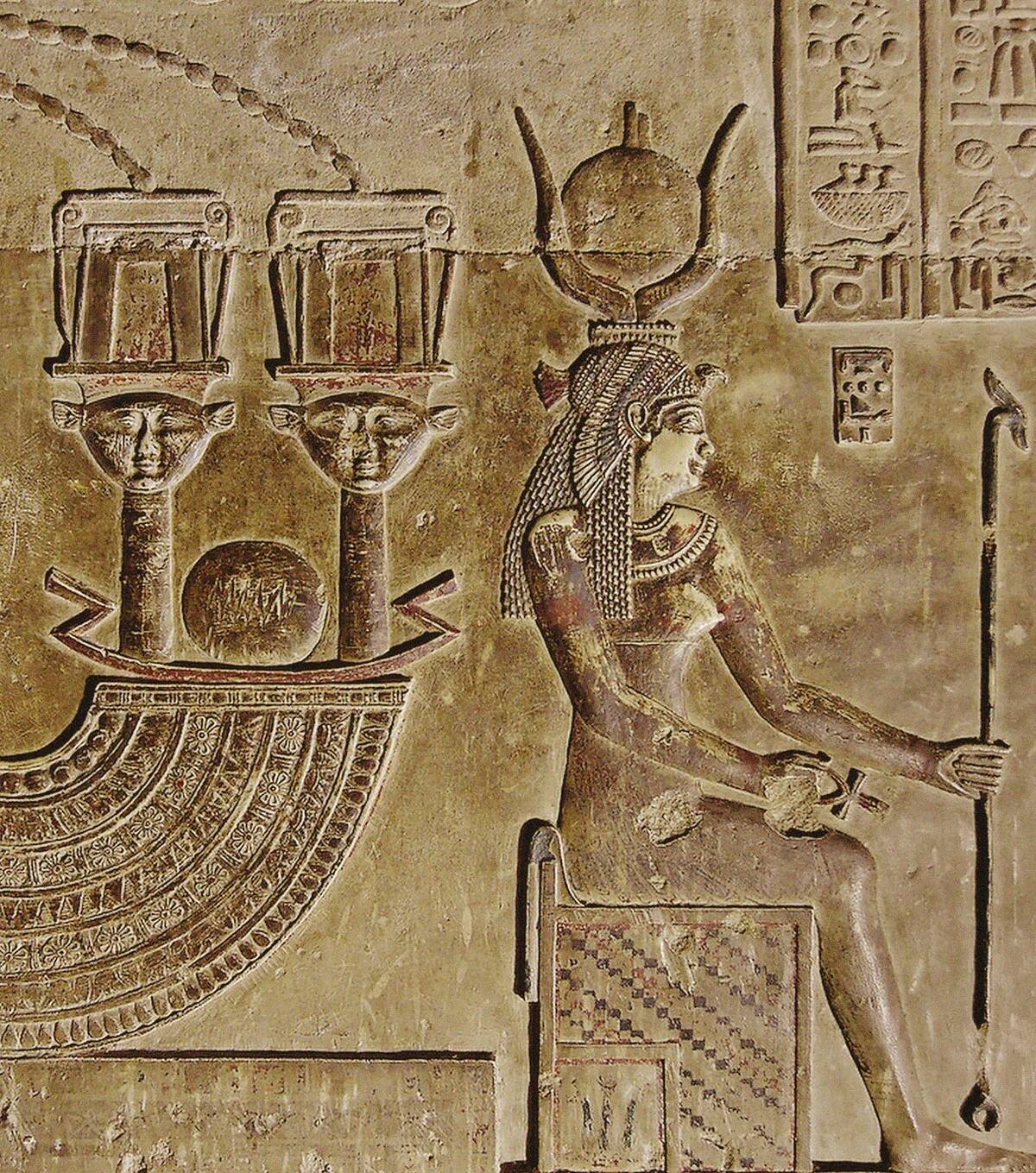
Although Cleopatra is one of history’s most fascinating and obsessively studied historical figures, the fact remains that the whereabouts of her tomb are unknown. Various Egyptian artifacts depicting her have been uncovered, but the tomb she and Mark Antony share has only been described in antiquity.
Its location was still known before Plutarch died in 120 BC, as he described it as “lofty and beautiful,” and it was located near a temple dedicated to the goddess Isis. Unfortunately, that doesn’t pin things down from a modern perspective. LiveScience noted, however, that even if the tomb was discovered, ancient grave robbers could have moved Cleopatra from it long ago.
The Nazca Lines
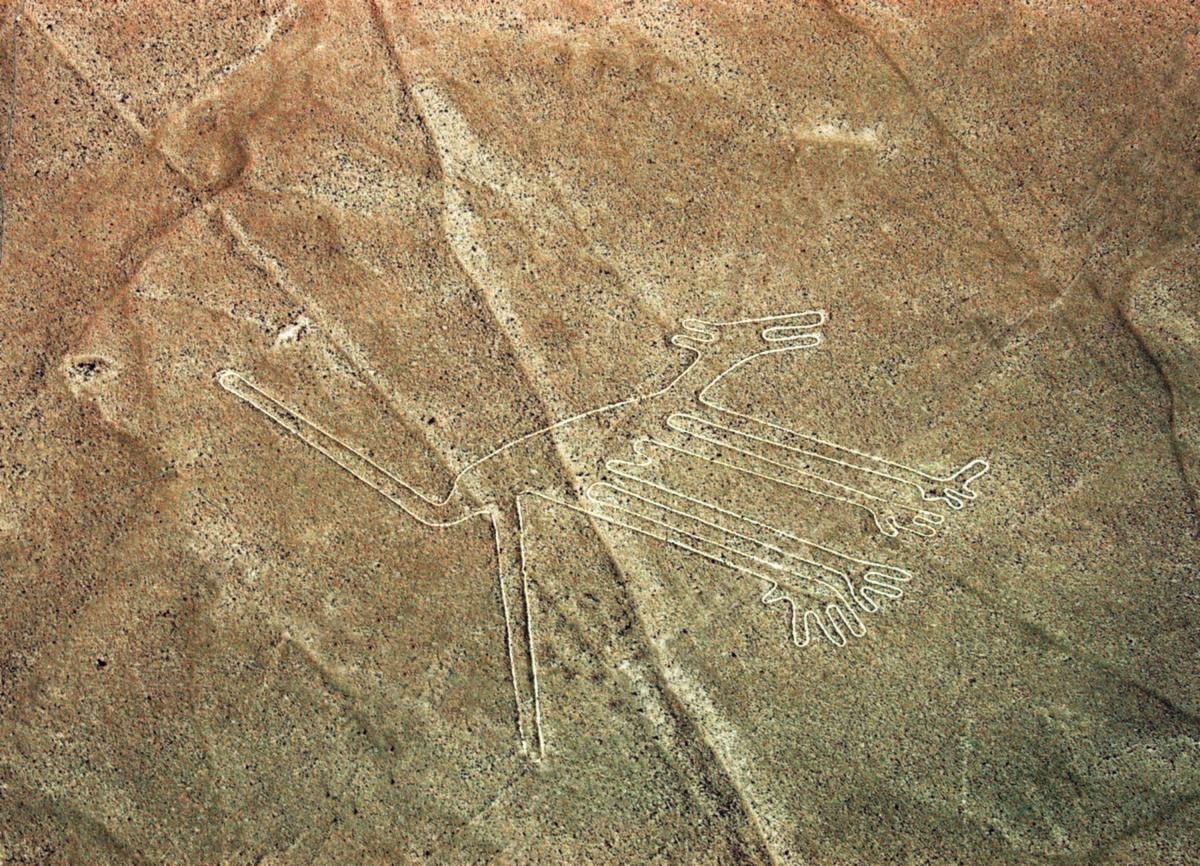
While walking the desert plains of Nazca in southern Peru, you may not notice the giant geoglyphs that cover the floor of the desert. There are over 100 of these designs that are thought to have been created between 500 B.C. and 500 A.D. and were made by removing a layer of topsoil to reveal the yellow-grey subsoil beneath.
There are figurative designs of various plants, animals, and people as well as less-distinctive designs. Yet, the amazing thing is that these geoglyphs can only be seen from above, which begs the question who they were for and how they were designed without access to the sky.
Paracas Candelabra
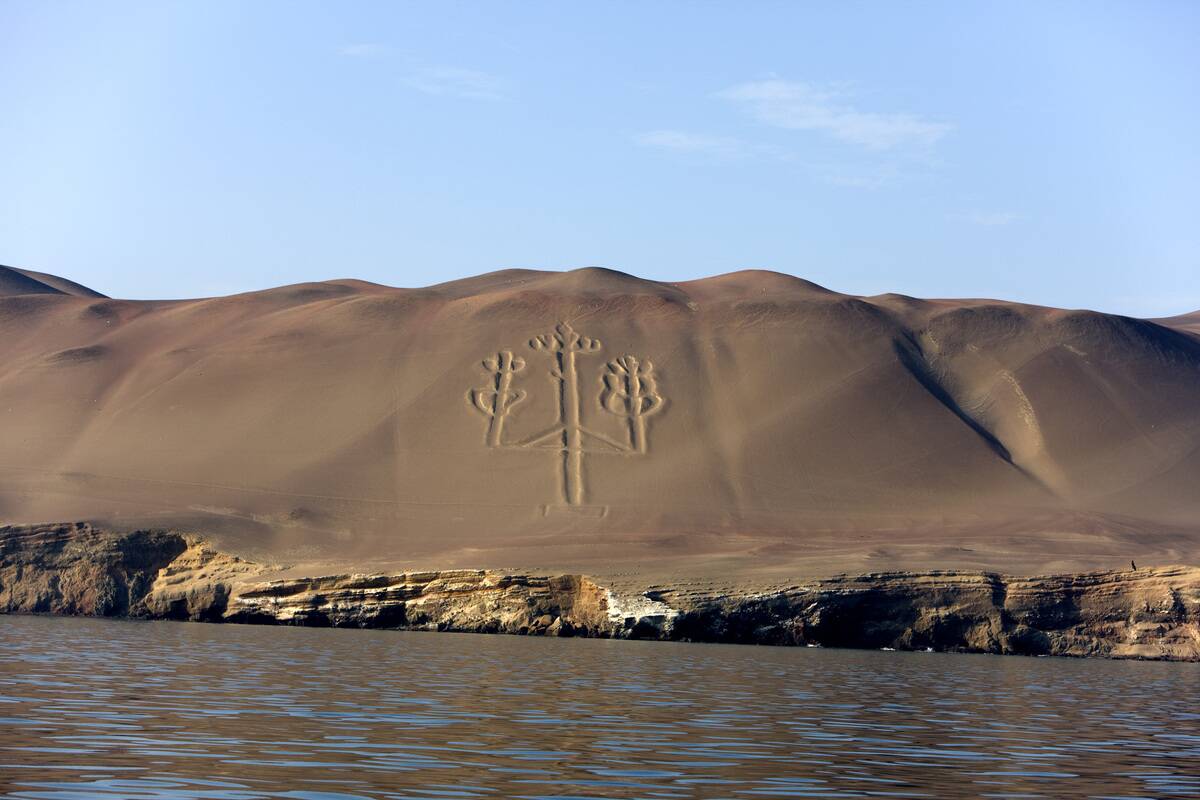
Not only is the Paracas Candelabra similarly mysterious to Peru’s famous Nazca Lines, but it’s also not even that far from them. To the northwest of those lines is a massive 600-foot image engraved into the side of a mountain overlooking Peru’s Pisco Bay.
According to the History Channel, both the purpose of this massive geoglyph and its age remain unknown despite the presence of nearby pottery dating back to 200 BCE. As for its purpose, it could be anything from guiding sailors to a grand tribute to the creator god’s trident.
The Saksaywaman Walls
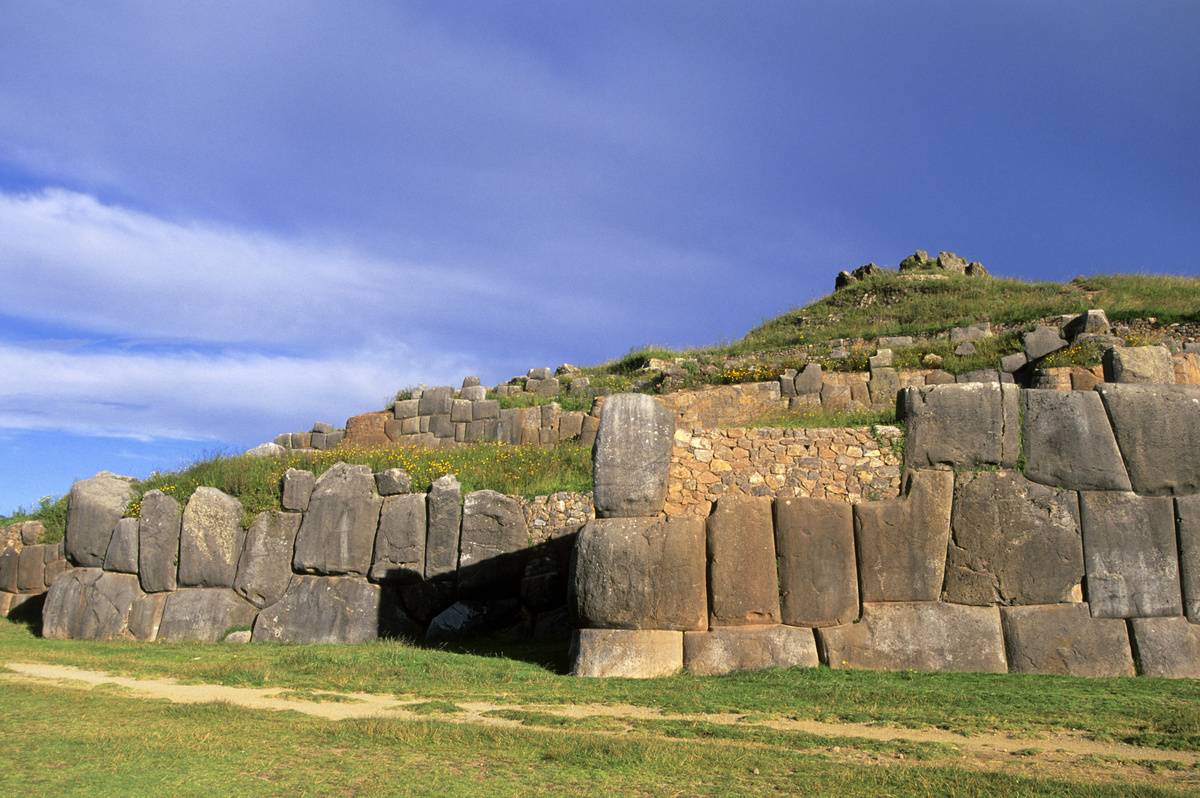
The Saksaywaman Walls in Cuzco, Peru are believed to predate the Incan Empire although the exact date of their construction is unknown. What’s amazing is how all of the stones fit so perfectly together even though it’s assumed that the creators didn’t have the proper tools or knowledge to succeed in such an endeavor.
With the entire structure estimated to weigh around 200 tons, how they managed to get the stones there as well as stack them is yet another astonishing mystery. Yet, they succeeded, and the site is assumed to have been an ancient temple where religious ceremonies were performed.
The Casa Grande Ruins
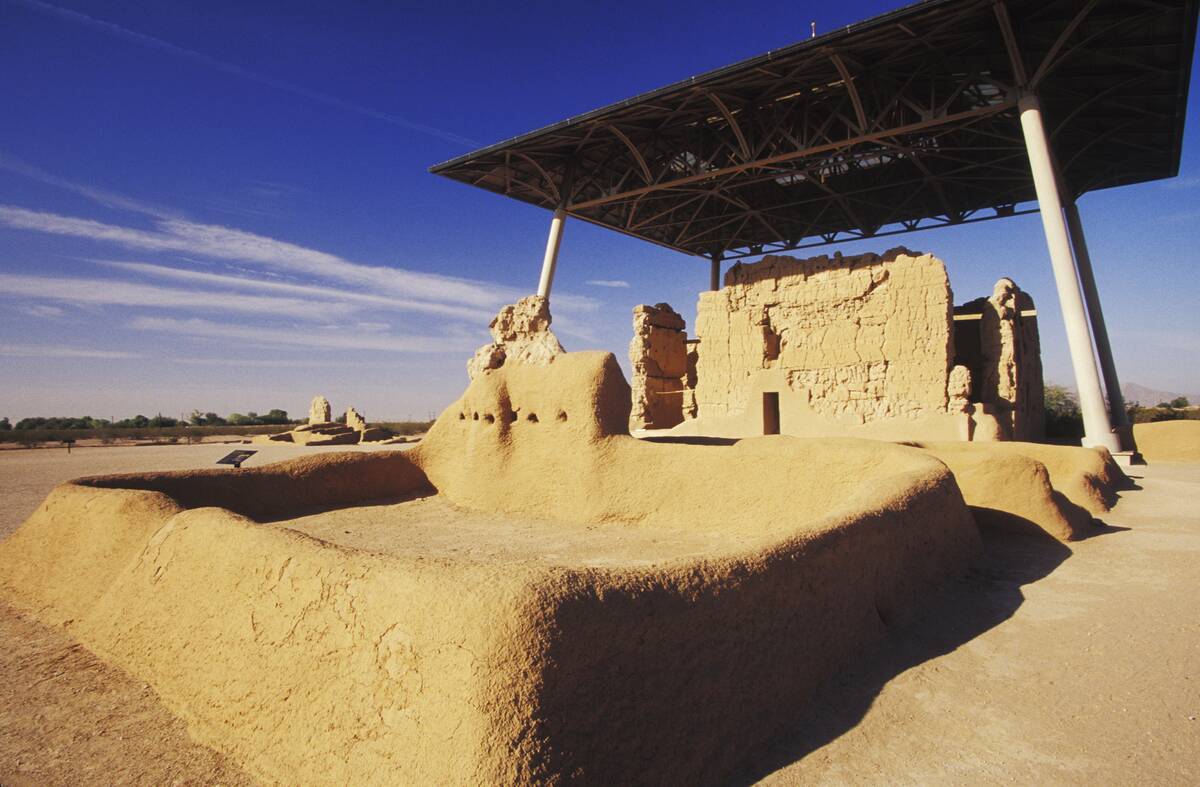
According to the National Park Service, the ruin of the Casa Grande structure near Arizona’s Gila River is one of the largest prehistoric buildings ever discovered in North America. It was built around 1350 CE by the ancestral people of the Sonoran Desert and included a complex irrigation system that used the river’s waters for agriculture.
However, that’s about all that’s conclusively known about what remains of Casa Grande. Why was it abandoned, if it was at all? If the grand structure had a purpose besides agriculture, what was it? These questions remain unanswered, at least conclusively.
The Rongorongo Glyphs

Discovered in the 19th century on Easter Island, rongorongo is a system of glyphs that have yet to be deciphered. While some believe the glyphs have calendrical and genealogical information, none of the actual symbols can be read. If rongorongo is discovered to be writing, it would be one of the very few independent inventions of writing in human history.
Two dozen irregular tablets have been found with inscriptions engraved onto them with the majority of them sharing the symbols of a chieftain’s staff, a bird-man silhouette, and two crescent-shaped symbols. The tablets are believed by many to have once been sacred to the island’s inhabitants although their time of creation is unknown.
Qin Shi Huang’s Terracotta Army

In 1974, a group of Chinese farmers unearthed an ancient life-sized terracotta army for Emperor Qin Shi Huang. To this day, the discovery is considered to be one of the greatest archeological finds of all time. However, people were wondering what the purpose of the army was, and it was deduced that the terracotta army was built to defend the emperor in the afterlife.
With that mystery solved, the real question arose which is where the emperor himself was buried. According to an ancient document describing the emperor’s tomb, he is buried in an underground palace that is complete with a surrounding kingdom. Surely, the discovery of his tomb will be mind-blowing to researchers around the world.
The Massacre Of Sandby Borg
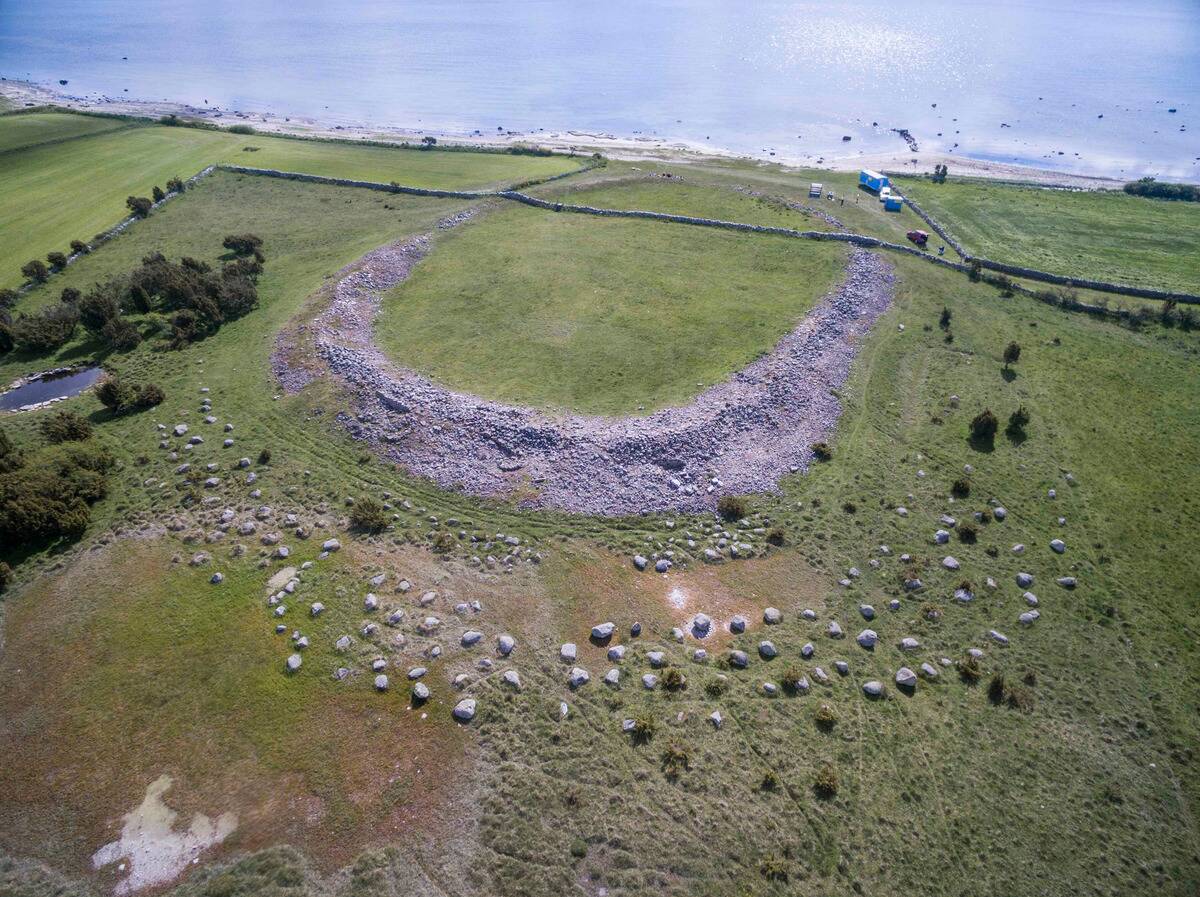
Although Sandby Borg has proved the subject of multiple archaeological excavations, it’s not an inherently mysterious place. It’s a ringfort constructed from mostly natural fortifications during Sweden’s Iron Age, and it’s hardly the only structure remaining of its kind.
However, Reader’s digest noted that the human remains on site are the source of the real mystery, as archaeologists discovered fifth-century bodies strewn throughout the structure’s houses with no evidence that they were buried. All had been executed by swords, axes, and clubs and left laying, but it remains unclear why this massacre happened. The presence of a half-eaten fish indicates it happened suddenly but that’s the biggest clue so far.
Olmec Warrior Sculptures
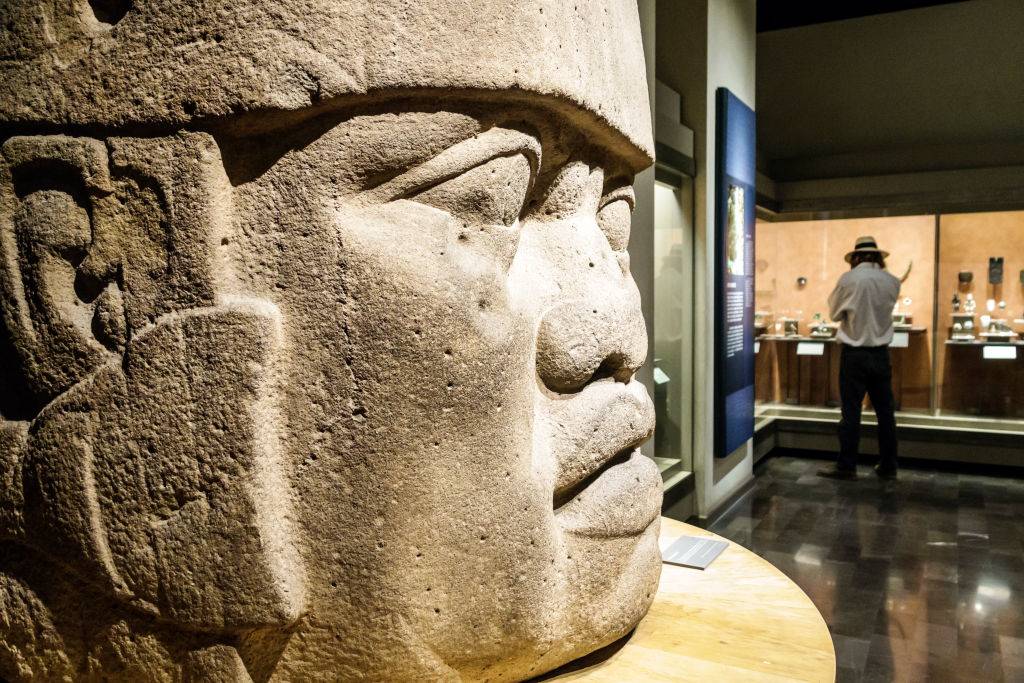
These massive heads of Olmec sculptures are considered to be some of the most recognizable pieces of tribal art in the world. Incredibly, each is unique and shows the distinctive features of the images that are carved, which provides us with insight into a culture that we still don’t know all that much about.
Carved by hand out of a single piece of basalt, it’s incredible how these ancient people managed to move and arrange them at all, considering their weight.
The Dead Sea Scrolls

After being accidentally discovered within the cliffs above the Dead Sea by a Bedouin goat herder in 1947, the 850 scrolls known as the Dead Sea Scrolls deepened the world’s understanding of ancient Jewish literature and worship practically overnight.
Not only did Smithsonian Magazine describe the scrolls as containing the oldest surviving version of the Torah by at least 800 years, but they also contained hymns, prayers, commentaries, and formulas that hadn’t been known by even the most learned modern scholars.
The Antikythera Mechanism
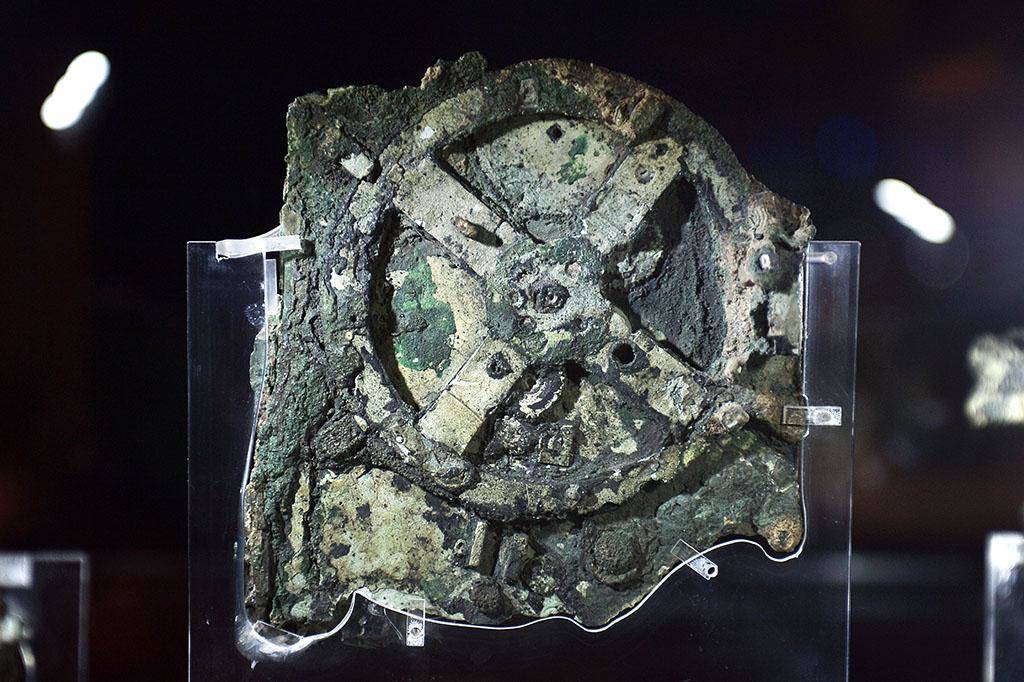
Otherwise known as “the world’s oldest computer,” the Antikythera Mechanism is an ancient Greek device that was used to predict astronomical positions and eclipses for calendars and other astrological means. The mechanism was discovered amongst wreckage off of the coast of the Greek island Antikythera in 1902.
The device has been estimated to date back to 87 B.C. and is assumed to have been designed by Greek scientists. It’s made up of 30 bronze gears and 37 gear wheels which allow it to follow and calculate and measure the movements of the moon, sun, and other elements of space.
The Voynich Manuscript
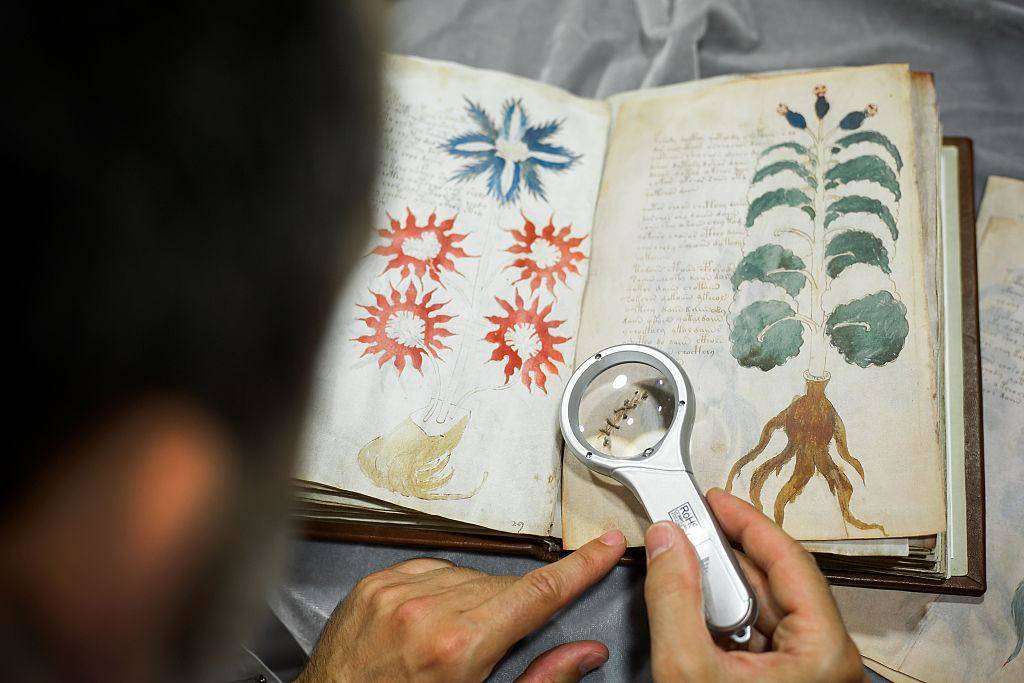
Dating back to the 15th or 16th century, the Voynich Manuscript is an undecipherable book that is currently stored in Yale University’s Beinecke Rare Book and Manuscript Library. The manuscript is a handwritten codex using an unknown writing system paired with illustrations and diagrams.
The writing is yet to be deciphered by researchers although it has been studied by professional cryptographers including American and British codebreakers from World War I and World War II. The origin and meaning of the manuscript have fascinated researchers since it was first brought to the attention of the public by Wilfrid Vooynich in 1912.
Cretan Minoan Linear A
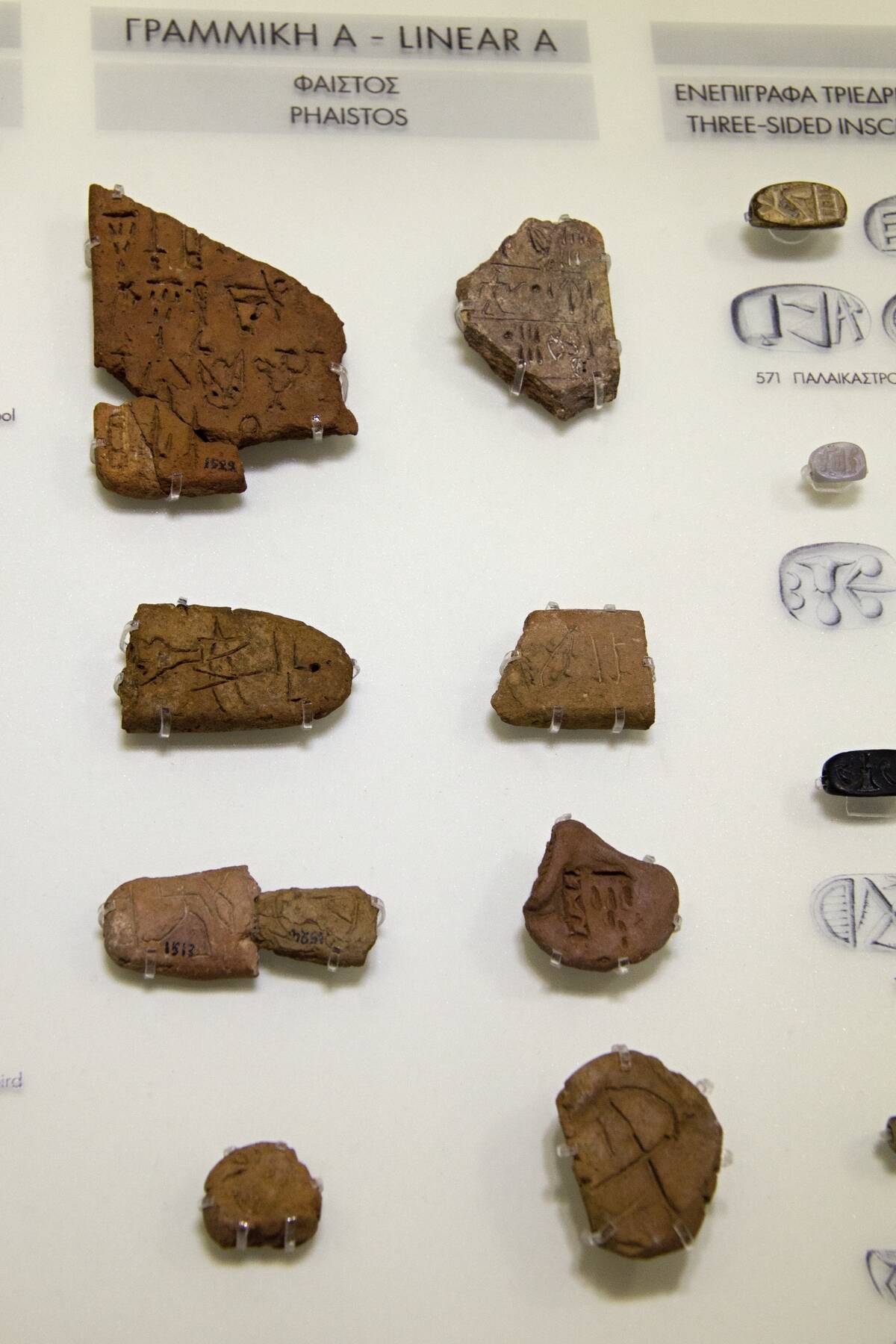
Linear A is a written language discovered in Crete, and according to Brown University, it was written in the New Palace Period, which began in 1750 BCE and lasted until around 1700 BCE. Given that it originated from Crete’s Minoan palaces, it was also likely used for record-keeping and ancient accounting.
Yet, while these facts are known about Linear A script and there’s a better-understood Linear B language to compare it to, Linear A has still not been fully deciphered, let alone translated. Linear B, as it turns out, isn’t quite close enough to Linear A to make that easy.
The Oldest Astronomical Clock

The Prague Astronomical Clock is one of the world’s oldest and fully functioning astronomical clocks, which tells the time as well as information about the sun, moon, zodiac constellations, and other plants.
The clock in Prague is often referred to as The Orloj, and in order to be a fully functioning clock, it had to be constructed in multiple layers. The main face of the clock features the time as well as glyphs that show ancient Czech time, and Roman numerals for 24 hour time.
The Stone Spheres
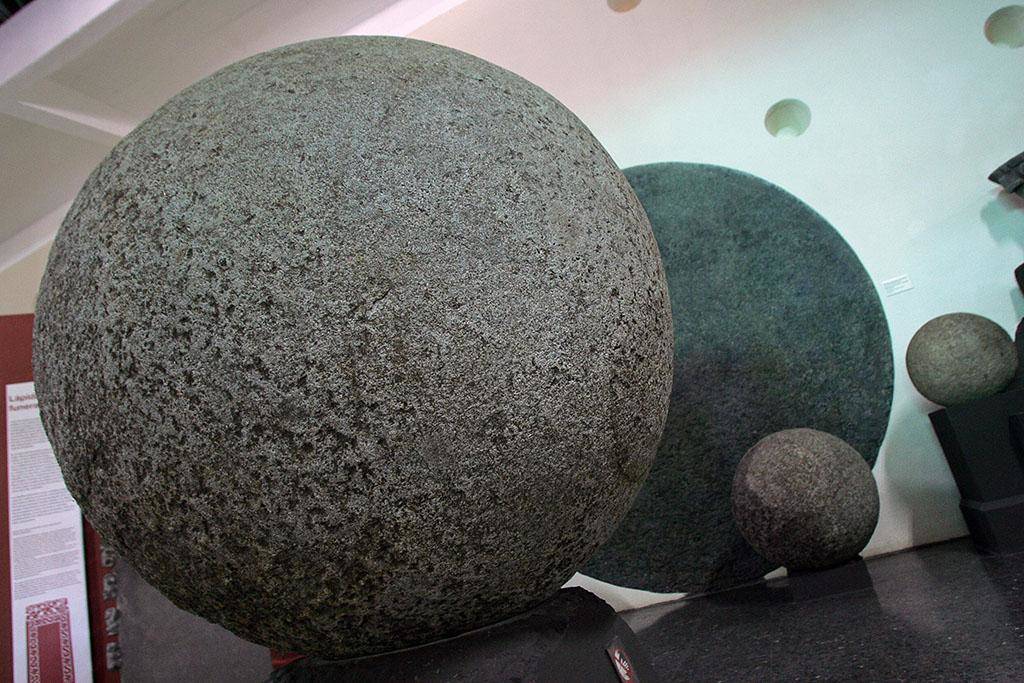
The stunning stone spheres of Costa Rica can now be found in museums, affluent people’s gardens, and still in the jungles of Costa Rica. Believed to be the work of ancient indigenous people, these perfectly shaped spheres range from being a few inches in diameter to seven feet across and weighing 16 tons.
Referred to as Las Bolas or “The Balls,” over 300 of them have been discovered varying in different types of stone. Some have proposed that the spheres were used as decorations leading up to the house of chiefs, however, their true significance remains unknown.
Alexander The Great’s Tomb
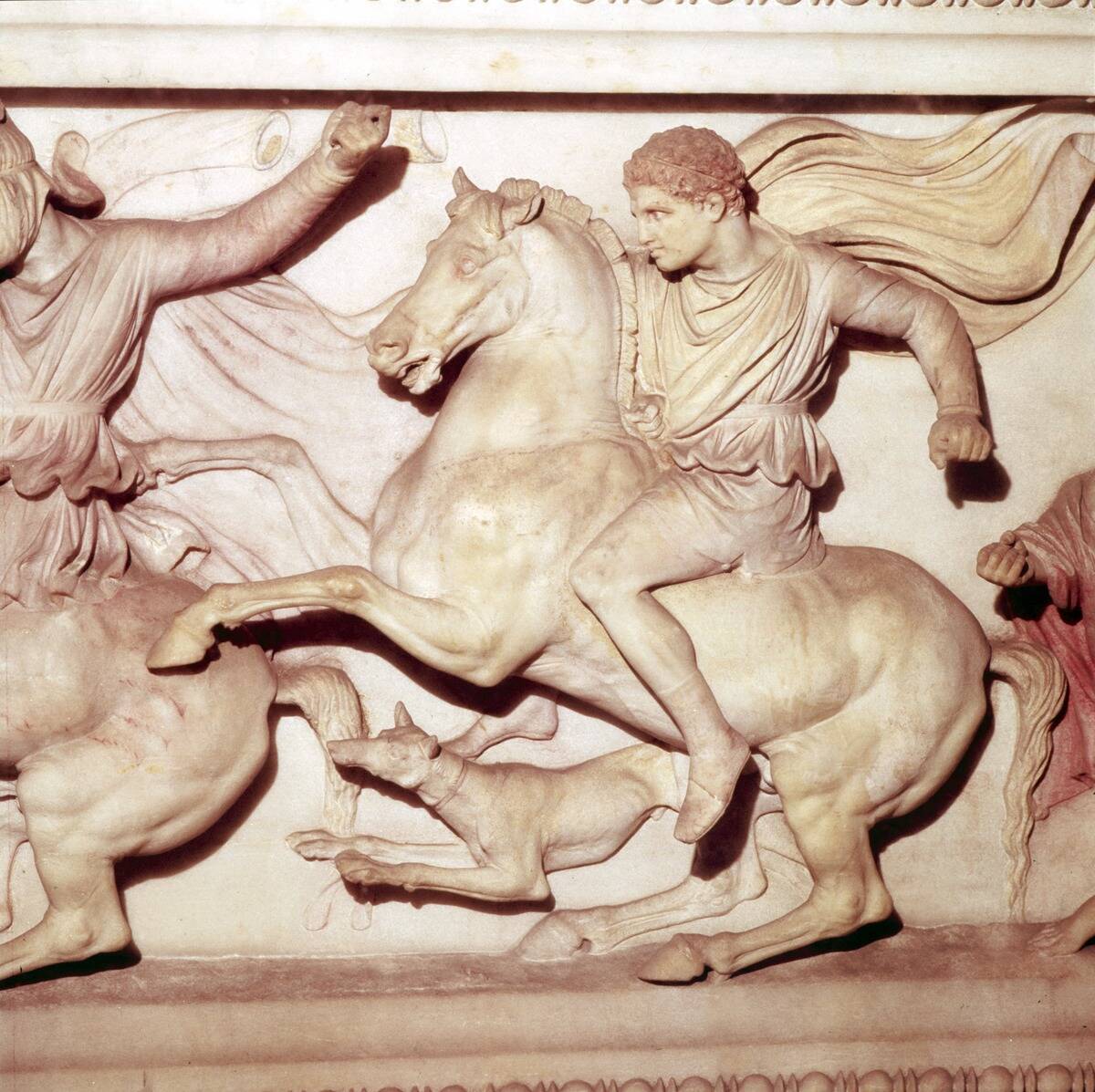
After Alexander the Great perished, it was a surprisingly long time before he was laid to rest. That’s because while his gold sarcophagus was being transported back to Macedon, Ptolemy took it by force and buried him in Memphis, Egypt, after becoming the nation’s ruler.
However, it’s not there, as his son had Alexander moved to Alexandria, where his tomb was visited by key Roman figures such as Pompey, Julius Caesar, Augustus, and Hadrian. According to Newsweek, however, the tomb’s been missing since at least 390 CE, and both its location and the reason for its disappearance remain mysteries.
Royal Sandals
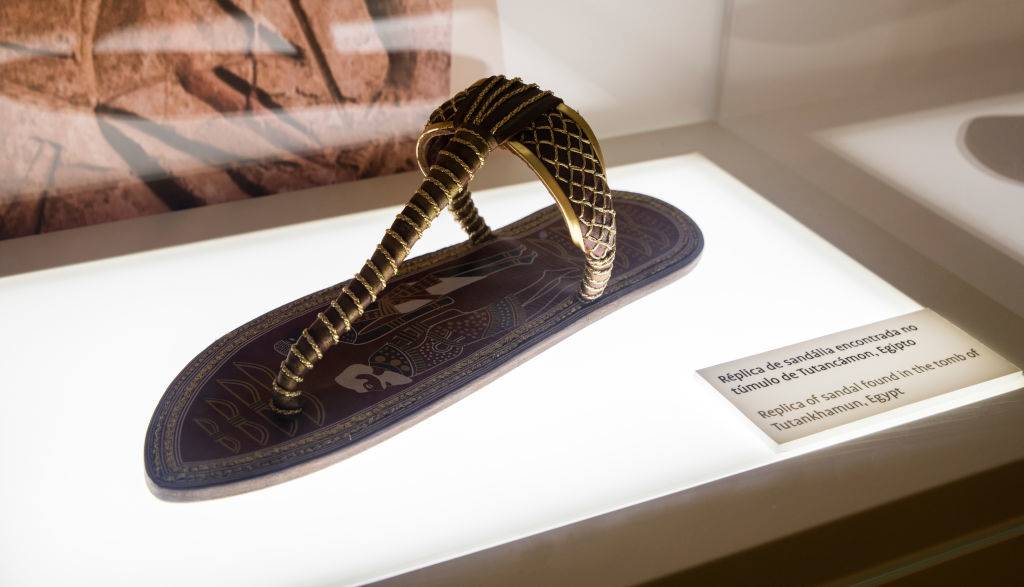
When most people think about Egypt, they think about mummies, great pyramids, and fancy eyeliner. However, these sandals worn by King Tut show that the people in Ancient Egypt were more modern than most might expect.
Apparently, they were just as into fashion as modern-day humans, with ancient footwear expert, André Veldmeije, noting, “When footwear is mentioned in general books, if at all, it is usually noted that sandals were flimsy and most people were barefoot all the time. Moreover, they say there were only few types of sandals. This is a misconception, probably based on artistic depictions alone.”
Khatt Shebib
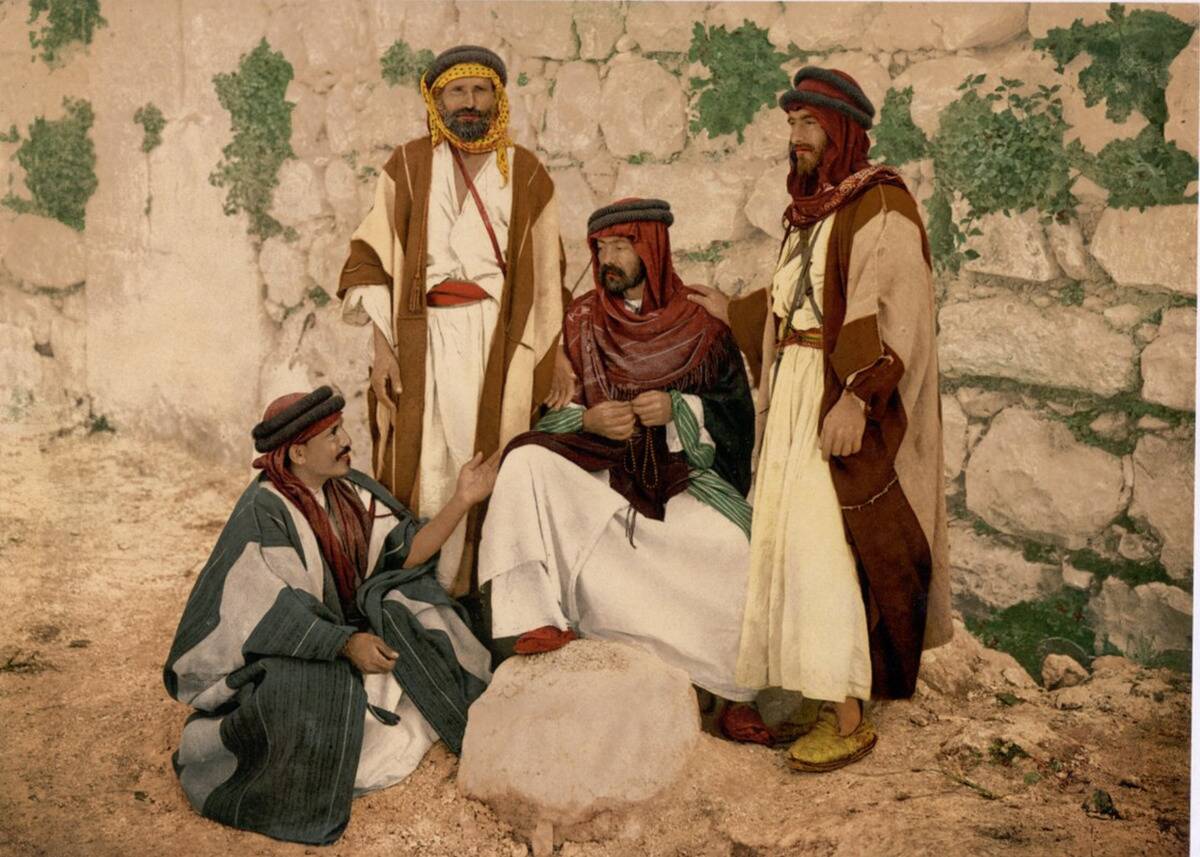
As Archaeology Magazine outlined, Jordan’s Khatt Shebib is not a hard ancient structure to describe. It’s a 93-mile ancient wall adorned with over 100 towers that likely once stood about three feet tall before it was reduced to ruins.
Since the towers were between six to 12 feet tall and the wall itself was about three feet tall, it likely wasn’t used for defense. However, that only makes it purpose mysterious, as a wall that spanned its length had to have a deliberate purpose. Theories for its purpose range from hunting to marking the boundaries of farmland but nothing has been conclusively determined yet.
Not An Ordinary Fire Truck

Although this may appear to be a fire truck that was involved in some terrible accident, what it actually is is one of the first responders on the morning so September 11, 2001. One piece of the equipment remains at the site in reemergence, which is Ladder 3.
This particular truck was driven by Captain Patrick Brown and the rest of his team lost their lives when the North tower collapsed, landing on the truck. After the truck was recovered, it was placed in a hangar at JKF International Airport until it was moved to the Memorial Museum in 2011.
The Inconclusive Evidence Of Guanabara Bay

According to the History Channel, a notorious shipwreck explorer named Robert Marx claimed to have discovered Roman vases called amphoras in Brazil’s Guanabara Bay in 1982. He declared them proof that the Romans had ventured to Brazil 1,000 years before Portuguese explorers did.
However, it remains unconfirmed as to whether the Romans truly were in the area, as no further artifacts have yet been uncovered. Marx has also been banned from the site by the Brazilian government for alleged looting.
The Sajama Lines
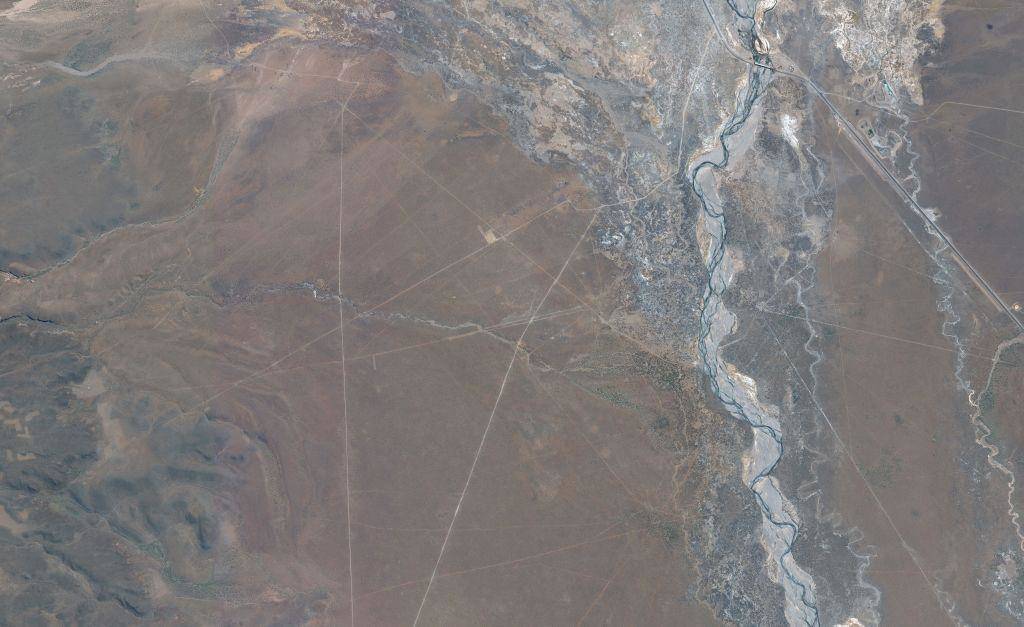
Much like the Nazca Lines, the Sajama Lines in Bolivia can only be seen from above. However, they differ greatly from the Nazca lines, as the lines don’t depict any images. Instead, they are simply intersecting lines that cover over 8,700 miles, making it one of the largest archaeological sites in the world.
Discovered by Aime Felix Tschiffely in 1932, the lines are dated to be around 3,000 years old with nobody having any solid evidence as to what the lines were used for or if there was a purpose at all.
Thonis-Heracleion

It was at its busiest before the founding of Alexandria in 331 BCE, but the History Channel described Thonis-Heracleion as one of Egypt’s biggest trading hubs. Even in ancient Greece, the city was important enough for Hercules and Helen of Troy to have spent time there. However, the mystery of what happened to it started to unfold around the second century BCE.
The city center collapsed first, and the clearest symptom of what happened was soil liquification. However, it remains unclear whether this was the result of earthquakes, tsunamis, or floods. Whatever happened, it submerged the city entirely, leaving it undiscovered until the early 2000s.
The Horrors Of War

Serving under Napoleon during one of the battles at Waterloo, Antoine Fraveau was a 23-year-old cuirassier that donned this breastplate before taking to the field of battle. This was an important piece of armor because it protected against swords, other weapons, and at times even bullets.
However, one thing it couldn’t protect against was cannon fire. While fighting in 1815, Fraveau was killed after being hit by direct cannon fire. Unfortunately, he was supposed to get married not long after. This perfectly shows the violence of warfare back then.
Roman Dodecahedrons
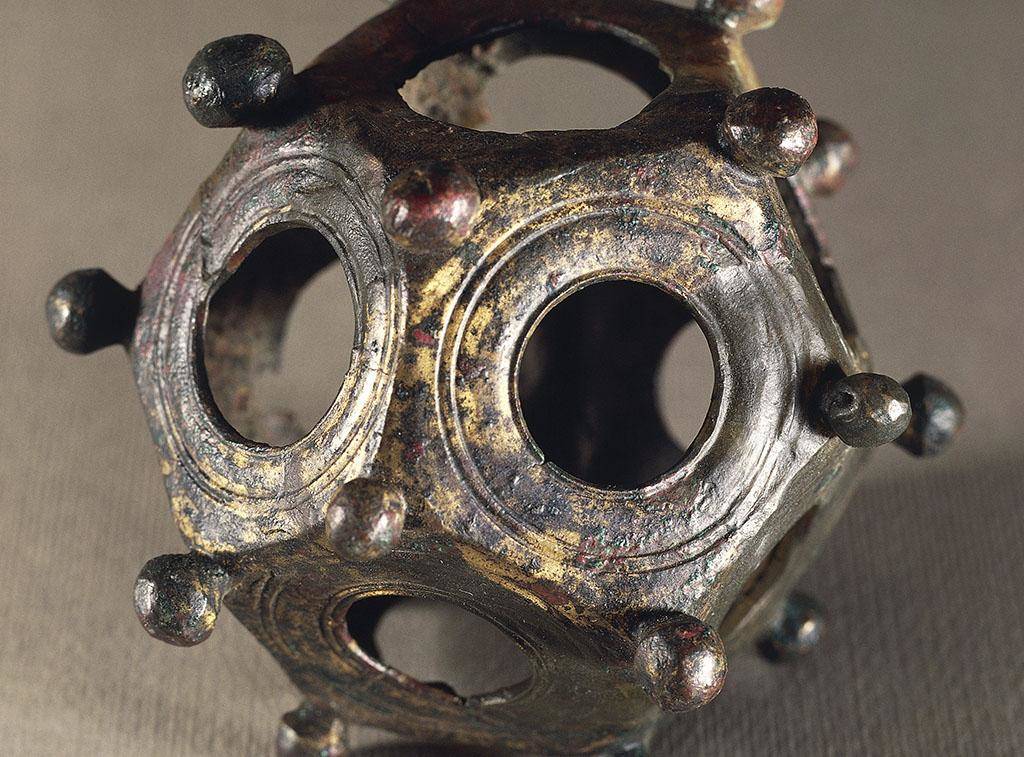
These Roman dodecahedrons are hollow objects constructed from bronze and stone. They’re designed with twelve flat faces with each face having a circular hole. They’re believed to originate back from the 2nd or 3rd centuries and have been found all over Europe including Wales, Spain, Italy, and Hungary. So far, around 100 of them have been discovered, although there isn’t any reference to them in art or historical accounts.
Some experts have theorized that they were used as candlesticks, dice, a tool to gauge distances, or even gauges to calibrate water pipes. Several of these objects were also found in coin hoards, so it’s assumed that they were considered to be valuable.
Yonaguni Monument

According to the History Channel, a massive underwater rock structure was discovered off the coast of Japan’s Yonaguni Island in the 1980s. It’s at least 165 feet long and 65 feet wide. Considering how cleanly formed the stone steps and slabs seem to be, it looks for all the world like a pyramid constructed by human hands.
Naturally, this led people to believe that the monument is a ruin dating back to an ancient civilization, and it’s even been nicknamed “Japan’s Atlantis.” However, researchers opposing this narrative have argued that the stone only appears to be intentionally carved. They contend that tectonic shifts and ocean currents shaped the monument and that its pyramid-like shape is coincidental.
A Watch Fit For A Queen

This incredibly ornate pocket watch turns out to have been commissioned for Marie Antoinette by a mystery suitor in 1783. Clearly, no expense was spared, and the gold and other materials that were used are assumed to be worth $30 million.
The watch is one of a kind and includes a full calendar, an hour jumping hand, 23 complications, and 823 individual parts. It is considered to be the fifth most intricate watch ever made, although unfortunately, Antoinette never received it as she had been executed before it was completed.
Stonehenge
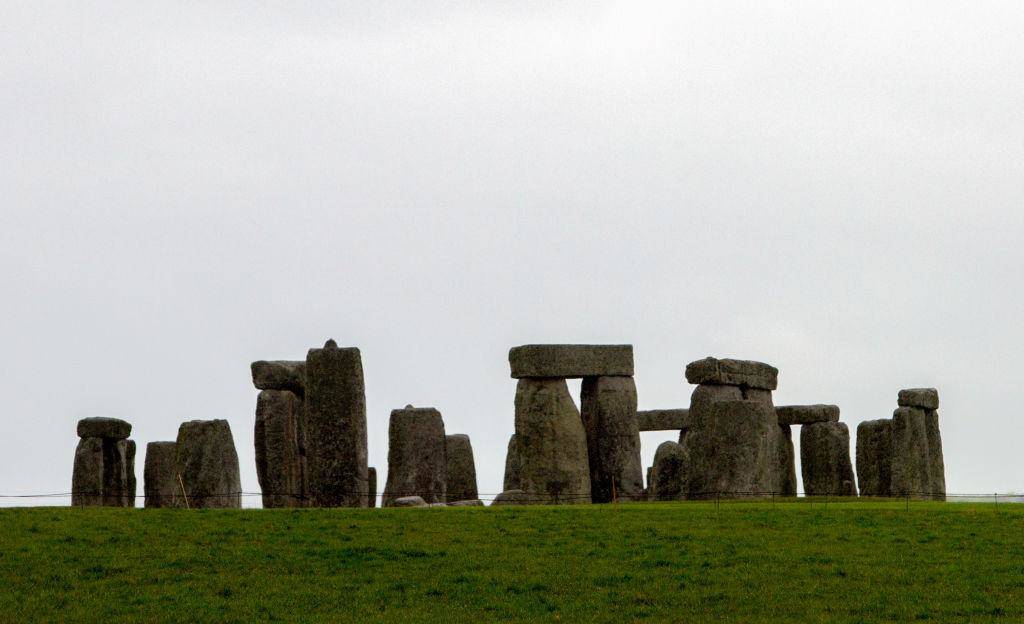
While we know that Stonehenge was constructed between 4,000 and 5,000 years ago, the prehistoric monument still has many mysteries surrounding it. Some researchers have concluded that it was part of a larger sacred area that was made up of other stone and wood structures.
There is historical evidence that the area was used for hunting as evidenced but more than 350 animal bones discovered in the area. Yet still, the major questions remain unanswered such as why it was built, who built it, and how did they manage to construct it with such rudimentary tools and limited knowledge?
The Tomb Of Tutankhamun

Unlike the cases of Cleopatra or Alexander the Great, there’s no mystery as to where King Tut’s tomb is located. As LiveScience explained, that one’s been solved since 1922, when Egyptologist Howard Carter discovered it.
Nonetheless, the tomb itself is full of mysteries about Tutankhamun himself, especially in terms of how he died and why he caught fire after he was mummified. So far, the plausible theory is that his embalming was a rush job, which accounts for the presence of other mummies in his tomb and the possibility that exposure to oxygen by flammable embalming fluids started a chain reaction.
Primitive Snow Goggles
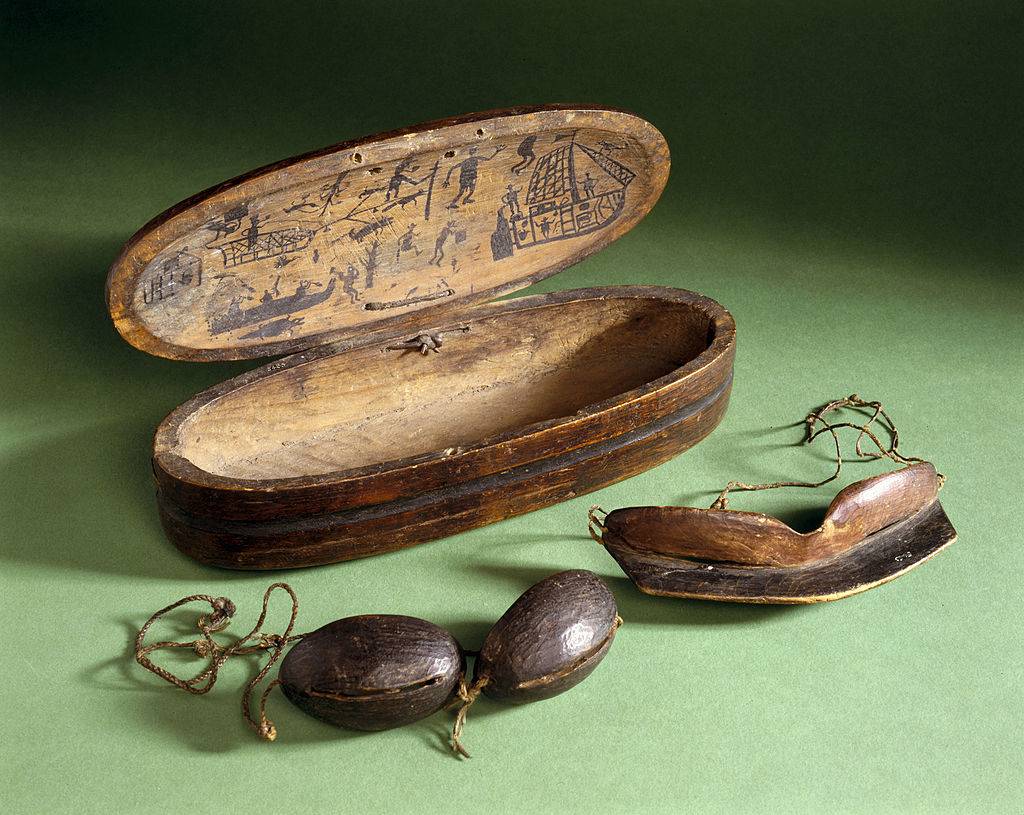
The sun has had negative effects on the human eyes since the dawn of man. However, the ancient people, such as the Inuits, created ways to lessen the effects of the sun.
For example, more than 2,000 years ago, when the Inuit people would travel across the snow, they hand-carved snow goggles, making little slits that provided enough vision. Researches are impressed by these goggles because they don’t fog over in the polar conditions, which is an issue people still face today.
Hellenikon Pyramid
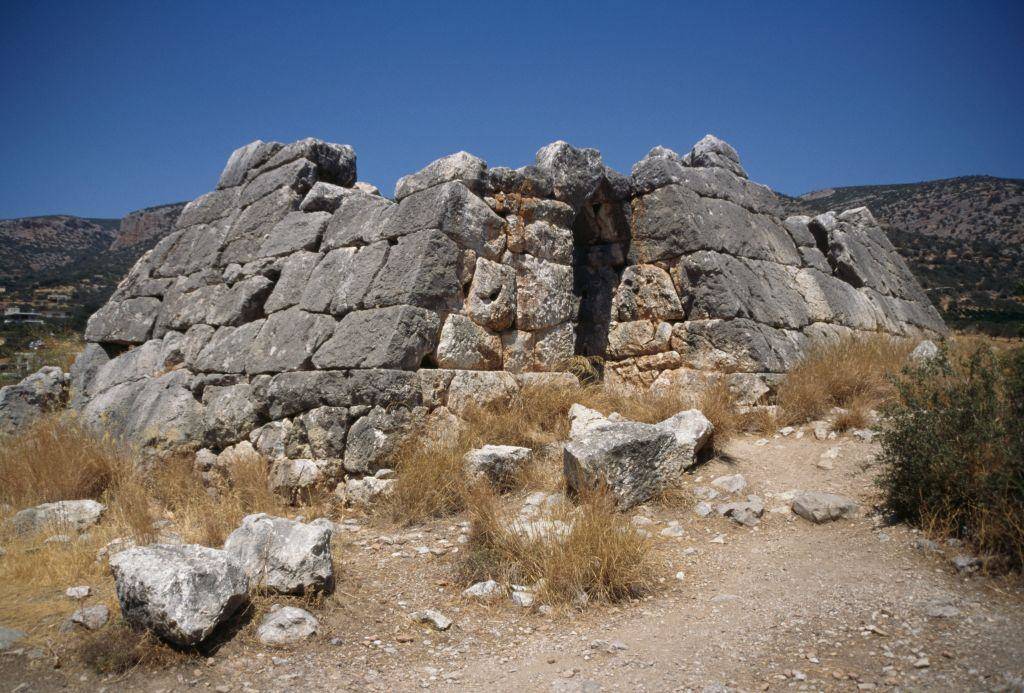
While people often associate pyramids with ancient Egypt, over the years, pyramids have been discovered all over the world. The shape has shown to be of meaning to numerous different cultures so it’s no surprise that they weren’t restricted to Egypt.
For example, the Hellinikon Pyramid in Argolis, Greece was built in 2721 B.C. and is much older than the Egyptian pyramids. It is believed that it was built as a tomb for the people that had died fighting for what was once Argos. Yet, there still hasn’t been significant proof as to what the purpose of the pyramid actually was.
A Mask That Isn’t For Wearing

This interesting green mask was discovered at the base of a pyramid in Mexico in 2011 and assumed to have been placed in the ground as an offering to the gods around 2,000 years ago.
Along with the mask, archeologists also found pieces of obsidian and pottery made from the same material of green stone. It is believed that the mask was not made for wearing but was part of a dedication ceremony and is most likely made in somebody’s likeness, which gives researchers a glimpse into what these people look like, almost like a photograph into the past.
Desert Kites
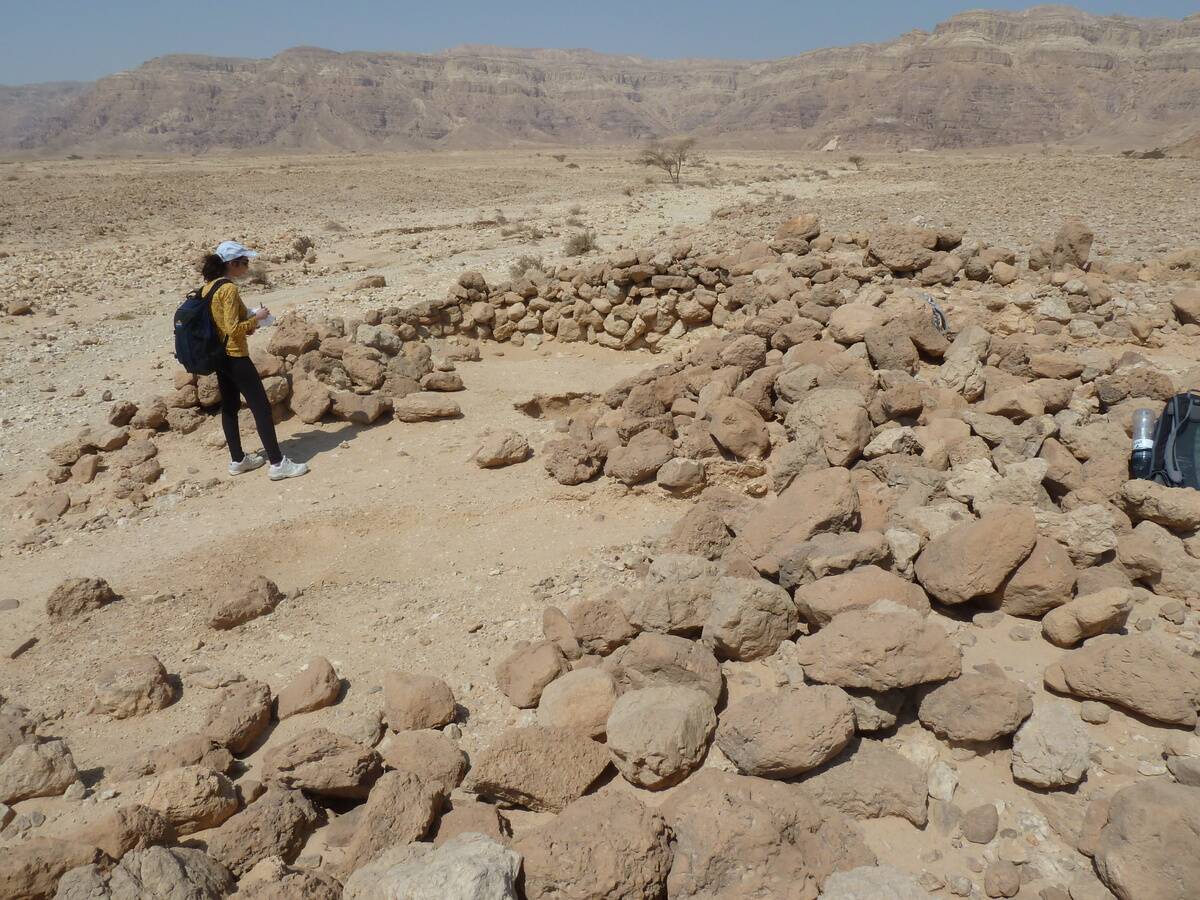
Throughout the deserts of Israel, Jordan, and Egypt, there exist small stone enclosures that seem deliberately placed, but low enough to the ground to make their purpose mysterious. Indeed, LiveScience explained that the enclosures — nicknamed “desert kites — date back to 300 BCE but baffled scientists for decades after pilots discovered them in the early 20th Century.
However, the outlet also explained that a recent study may have uncovered their purpose: A means for hunters to corral small animals in numbers at once for larger meat yields. Since some of these kites can stretch up to 40 miles long, they must have produced some serious feasts.
The Shroud Of Turin
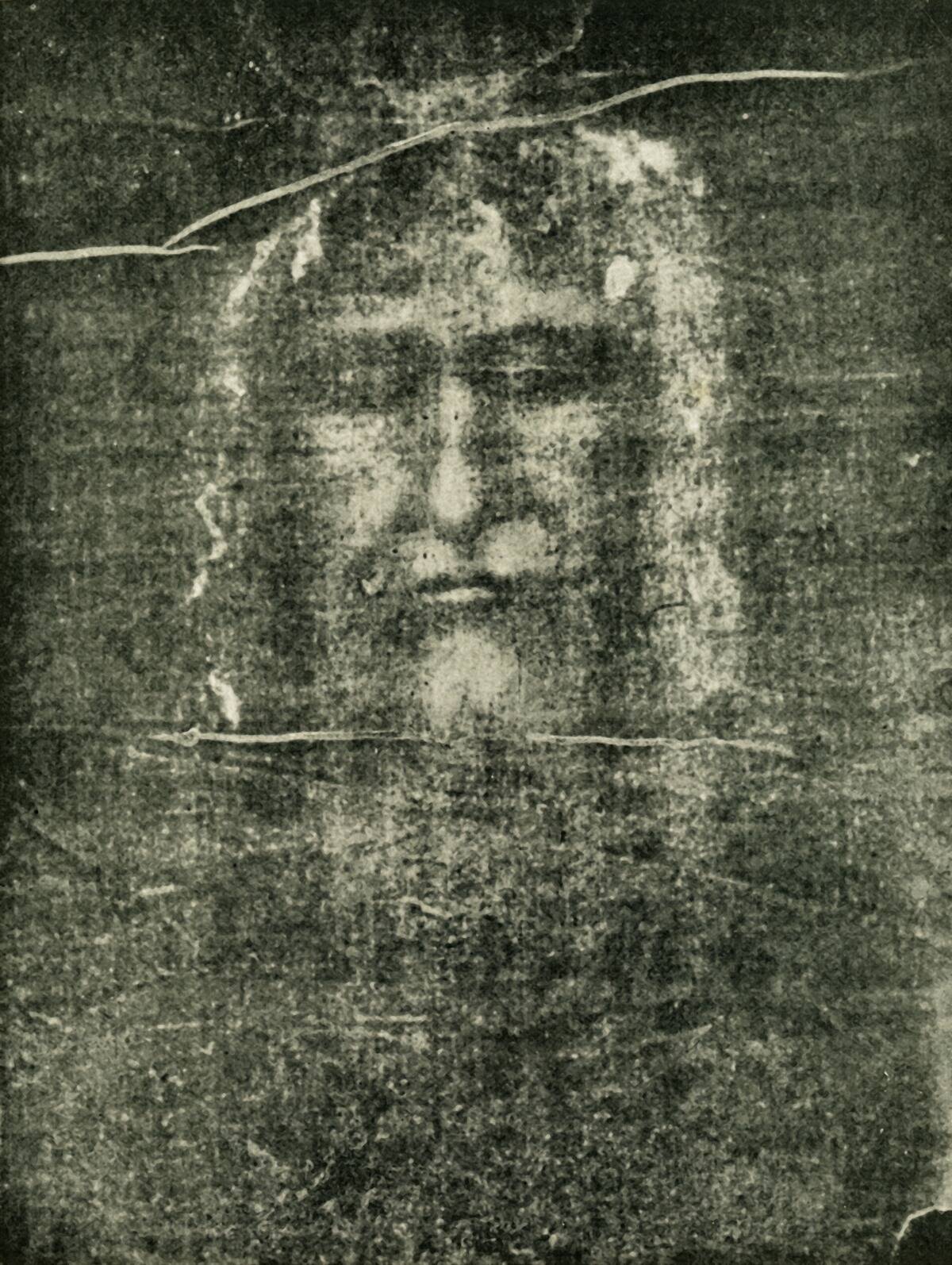
No archaeological discovery is more hotly debated than the Shroud of Turin, which is often believed to be the burial shroud of Jesus after his crucifixion. As such, the classic narrative is that the shroud was taken to Edessa, Turkey, in about 30 CE before resting in what is now Istanbul until it was forcibly taken and moved to Athens, Greece, in 1204 CE.
However, LiveScience explained that researchers in the 1980s used radiocarbon dating to determine that the shroud doesn’t even date back that far, as its origin revealed itself as between 1260 and CE and 1390 CE. Although critics of this research say more was stitched onto the shroud after it was first discovered, it’s likely that this is either a medieval forgery or another man’s shroud entirely.
Atlantis
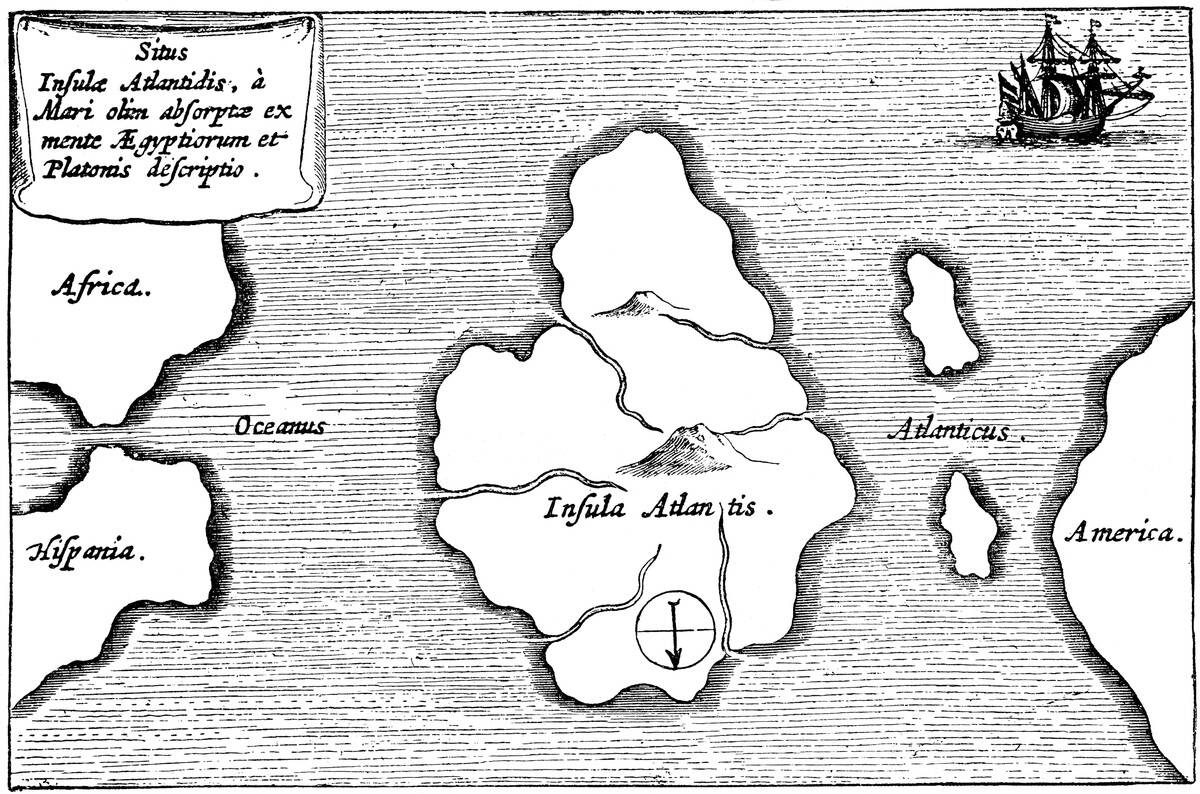
According to LiveScience, the legendary island of Atlantis was first described by Plato in 360 BCE as a once-great naval power that sank into the ocean due to a catastrophic disaster 10,000 years ago. However, not only is the location of Atlantis shrouded in mystery, it’s not even conclusive as to whether it ever existed.
As of yet, there’s no evidence to suggest Atlantis would anything but a myth, but so much of the world’s oceans remain explored. The lack of evidence also hasn’t prevented excitable theories from putting Atlantis anywhere from Greece to Cuba to Japan.
The Ark Of The Covenant

The Ark of the Covenant may have been discovered in an Indiana Jones movie, but real life is a different story. According to LiveScience, it was a gold-adorned wooden box containing the original Ten Commandments that once rested at the First Temple of Jerusalem.
However, the ark was supposedly lost after King Nebuchadnezzar II of Babylonia destroyed this temple in 587 BCE. As such, it remains a mystery as to whether the ark was brought to Babylonia, buried in Jerusalem, resides in a monastery in Ethiopia, was destroyed by Nebuchadnezzar entirely, or ever existed in the first place.
The Kept Animals Of Hierakonpolis

As Reader’s Digest outlined, Hierakonpolis was one of the most bustling cities of ancient Egypt, and that was true as far back as 5,000 years ago. Considering that this was before the pyramids were being built, it was hard to show signs of ancient wealth among Hierakonpolis’s richer residents.
However, the presence of tell-tale healed animal wounds suggests that these prominent residents kept exotic animals like elephants, baboons, and at least one hippopotamus. The wounds may have been sustained during capture, but have had to have healed in captivity. Since these animals were considered conduits of the gods, their status as pets made sense.
Panga ya Saidi
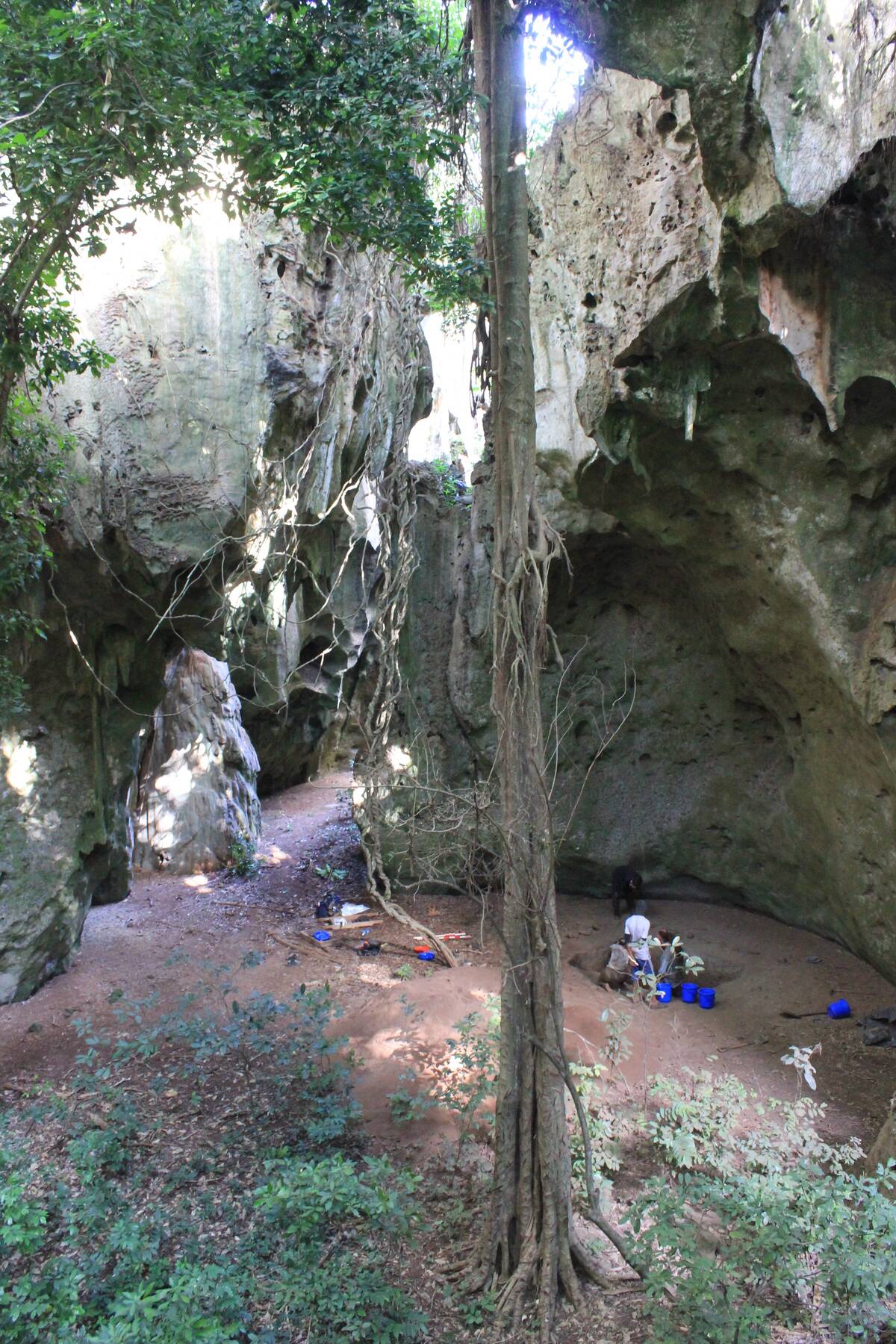
According to Reader’s Digest, the Panga ya Saidi cave network in Kenya paints such a comprehensive portrait of human history that it contains artifacts dating back to the Middle Stone Age. That means that some of the material there dates back to between 67,000 and 78,000 years ago.
Since the cave network is over 1,000 square feet, it’s large enough for hundreds of generations to have lived there without being aware of each other’s presence. Its tropical climate also proved more stable and less susceptible to droughts than other areas of Kenya.



